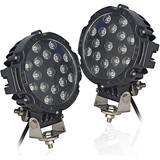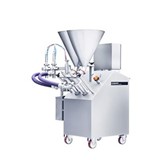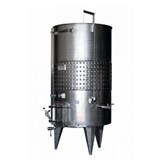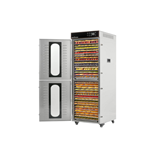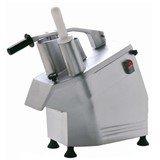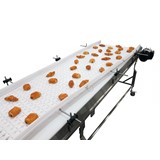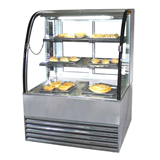Wine is waning
While Australia’s wine manufacturing industry has experienced growing global recognition in recent times, Robert Bryant, General Manager Australia, IBISWorld warned 2010-11 would be a tough year for Australian producers, with the industry expected to grow by only 0.9% to reach $6.84 billion.
"Weak economic conditions in key export markets – such as the United Kingdom and the United States – coupled with the strong Australian dollar, a massive wine glut and heavy discounting from the increasingly dominant supermarket giants in the liquor retailer sector, are all expected to constrain wine industry growth this year," Bryant said, predicting local suppliers would also face increased competition from imports as Australians utilise their stronger buying power to sample a greater proportion of international blends.
"The past five years have certainly seen a shift in the varietal trends of choice, with rose, sparkling wines, pinot gris and shiraz expected to show the strongest growth this year – along with solid sales in new varieties such as tempranillo and sangiovese."
Currently accounting for 15.3% of wine production ($1.05 billion of industry revenue), IBISWorld figures show Victoria has the highest number (724) of wine producers in Australia, with most situated in the Yarra Valley, Mornington Peninsula, Heathcote, Beechworth, Grampians, and Bendigo regions.
Bryant identified the state’s fastest growing wine producer to be Brown Brothers Milawa Vineyards, with IBISWorld placing its market share at 1.5% of total Australian industry revenue.
Craft breweries, the next cash cow
While Australia’s wider beer market is tipped to be in trouble as consumption of traditional beer steadily declines, the love for premium beers is on the up, with IBISWorld identifying craft beers as the next big thing, and Victoria at the forefront of the craft movement.
"This is one area where Australians, and in particular Victorians, are really leading the charge, especially as craft beers become more experimental in flavour and style. Victoria currently accounts for 40 of Australia’s 140 craft breweries – employing over 250 people and contributing almost $200 million to the state’s economy," Bryant said, listing popular varieties to be Mountain Goat, White Rabbit, Holgate, Arctic Fox, and Mildura. The state’s more relaxed licensing laws and Melbourne’s thriving bar scene are also key drivers behind the growing trend.
Victoria milking it, for now
Accounting for 65% of the country’s milk production and over 70% of all cheese production facilities, Victoria plays a crucial role in supplying Australia’s dairy needs. However, according to IBISWorld, local manufacturers will face increased competition from imports in the future, with the hype for fine food holding true in the cheese market.
"Australians currently consume 102.4 litres of milk, and 12.9 kilograms of cheese per capita each year – the majority of which is Aussie-manufactured – although imports are certainly on the up, increasing by 10.3% in 2010-11."
In terms of the types of cheese we are consuming, Bryant said Australians are moving away from standard cheddar cheeses (which accounted for over 50% of total cheese production in 2004-05, dropping to 47% by 2009-10) in favour of semi-hard and fresh cheeses such as Emmental or mozzarella.
The majority of cheese sold in Australia continues to occur through supermarkets (55%), but IBISWorld flags growth in independent and specialty cheese retailers, further demonstrating a preference for variety and new tastes.


